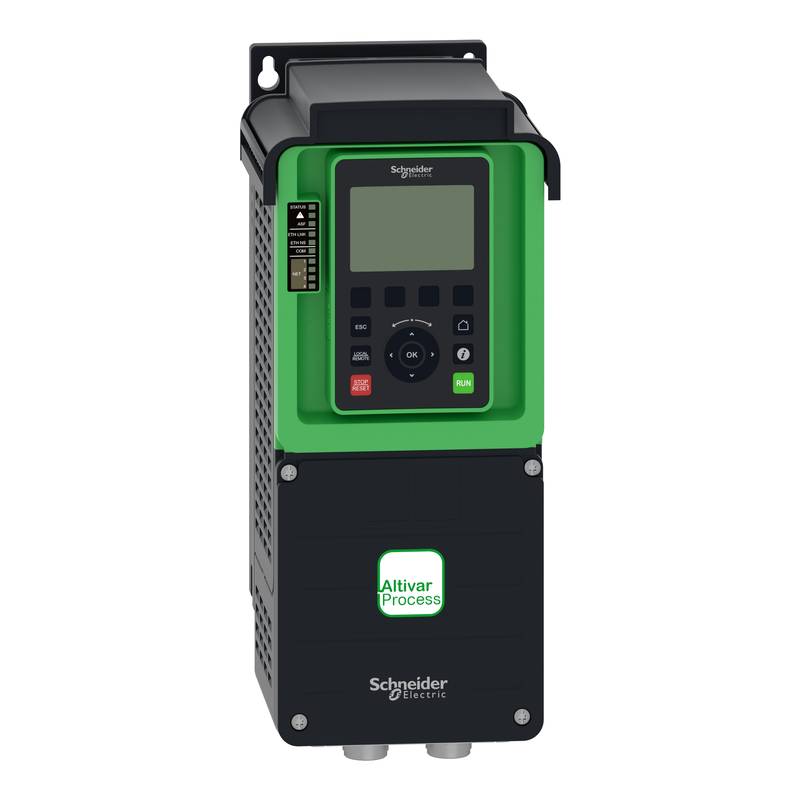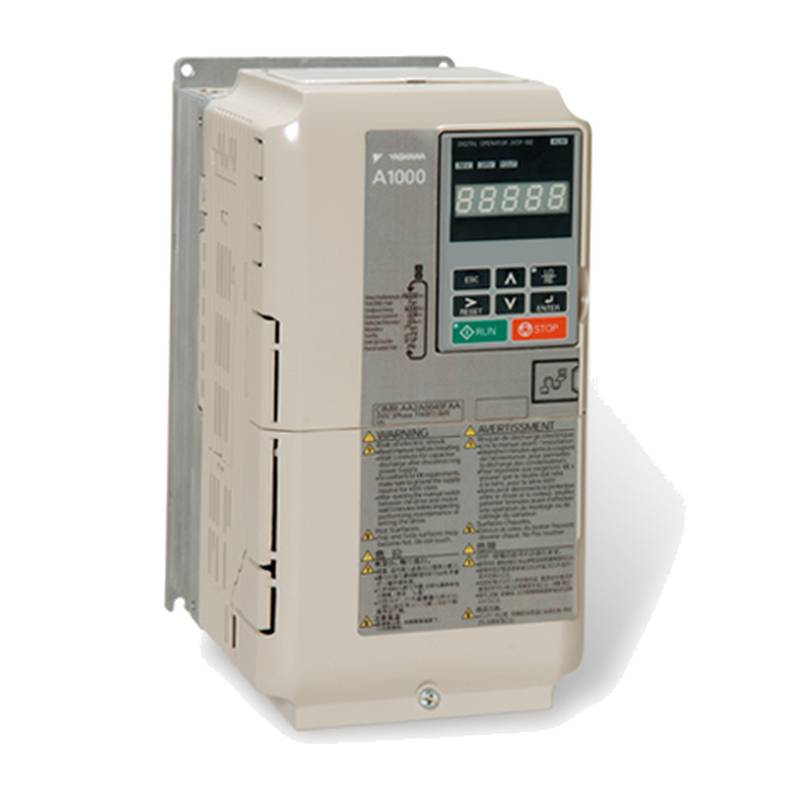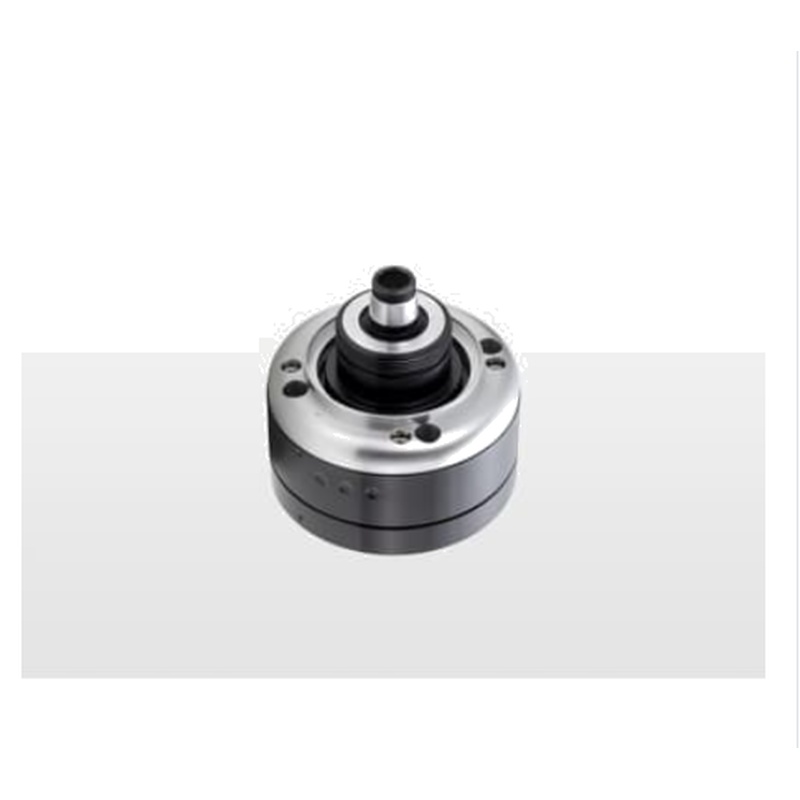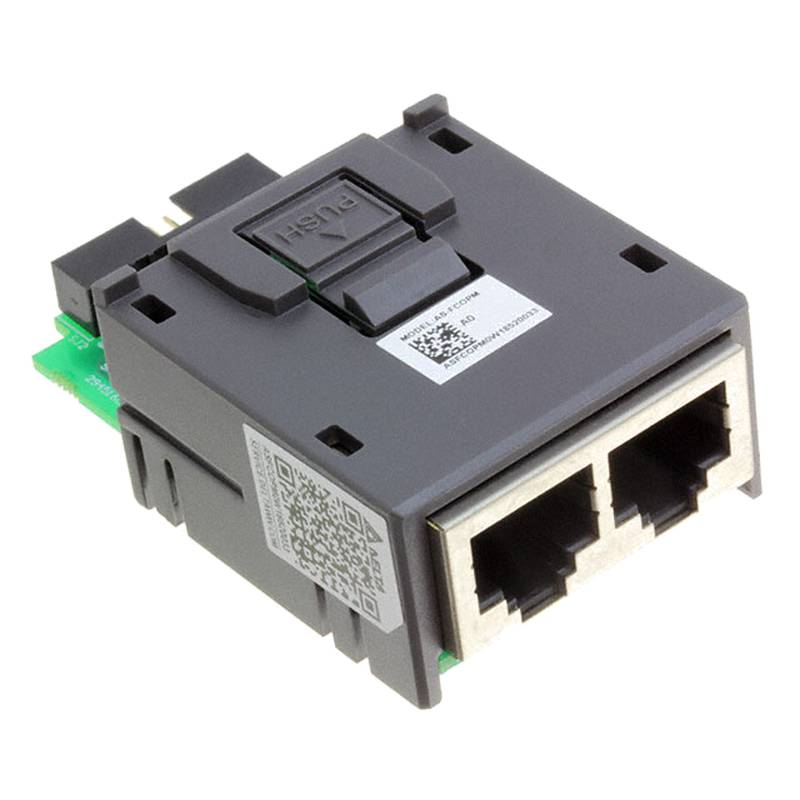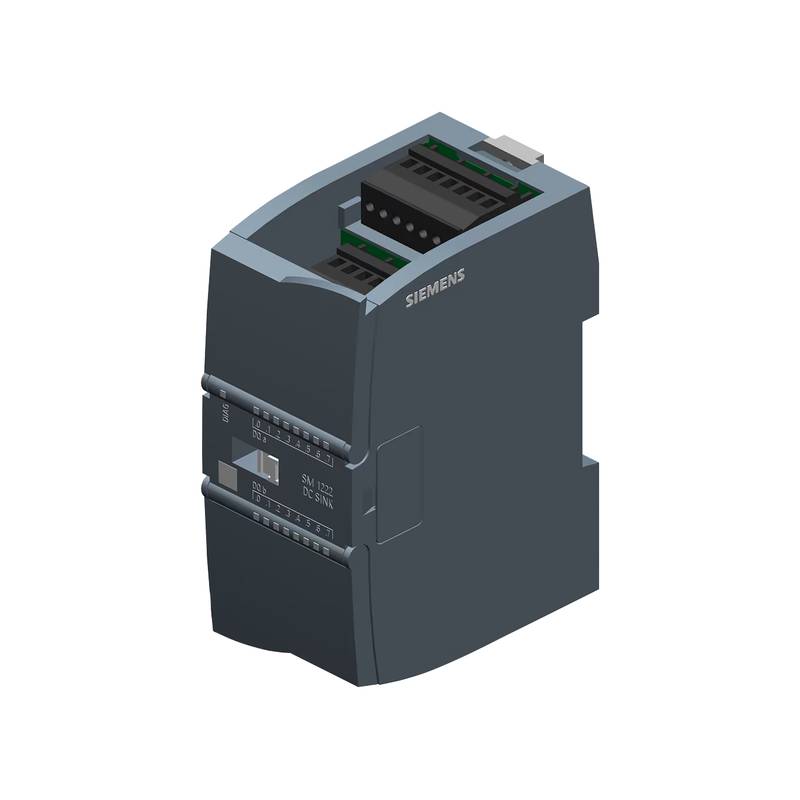
The Siemens 5SU9356-8CN25 RCBO stands as a critical component for safeguarding electrical installations, offering a robust combination of residual current and overcurrent protection. This 1-pole + neutral device, rated at 25A and tripping at 30mA, is engineered for demanding industrial and commercial environments. Its primary advantages lie in its high breaking capacity, reliable tripping characteristics, and compact design, facilitating efficient panel building. The core features include integrated overcurrent protection (short-circuit and overload), sensitive residual current detection, and a Type D tripping curve, making it suitable for circuits with high inrush currents.
Product Specifications
| Specification | Value |
| :-------------------- | :------------------- |
| Product Type | RCBO (Residual Current Circuit Breaker with Overcurrent Protection) |
| Manufacturer | Siemens |
| Model Number | 5SU9356-8CN25 |
| Rated Current (In) | 25A |
| Rated Residual Current (IΔn) | 30mA |
| Number of Poles | 1P+N (1 Pole + Neutral) |
| Tripping Curve | Type D |
| Breaking Capacity (Icn) | 10kA |
| Voltage Rating | 230/400V |
| Frequency | 50/60 Hz |
| Terminal Type | Screw Terminals |
| Mounting Type | DIN Rail |
| Ambient Temperature | -25°C to +45°C |
| Protection Class | IP20 |
Core Features & Market Positioning
The Siemens 5SU9356-8CN25 RCBO is positioned as a premium protective device, emphasizing reliability and advanced safety in critical electrical systems. Its Type D tripping curve is a key differentiator, specifically designed to handle inductive loads that exhibit high, short-duration inrush currents, such as motors and transformers, without nuisance tripping. This capability is crucial in industrial settings where machinery startup can cause significant transient current spikes. The device's high breaking capacity of 10kA ensures it can safely interrupt fault currents, preventing extensive damage to equipment and mitigating fire hazards. Siemens' reputation for quality and durability further solidifies its market standing as a trusted solution for professionals prioritizing safety and operational continuity.
Key Application Scenarios
This RCBO is exceptionally well-suited for applications demanding both personal protection against electric shock and equipment protection against overloads and short circuits, particularly where inductive loads are prevalent. It is an ideal choice for motor control circuits in industrial machinery, pump systems, and HVAC units. In commercial buildings, it provides essential protection for lighting circuits with ballasts or areas housing sensitive electronic equipment. For facilities with stringent safety regulations, the 30mA residual current sensitivity ensures compliance with standards for protection against indirect contact. Its robust construction makes it suitable for use in control panels and distribution boards powering various industrial processes and demanding electrical loads.
Practical System Integration Guidance
Integrating the Siemens 5SU9356-8CN25 RCBO into existing electrical systems is straightforward due to its standard DIN rail mounting and familiar terminal configurations. For installation, ensure the main power supply is de-energized. Connect the line conductors to the upper terminals and the load conductors to the lower terminals, observing the phase and neutral assignments. The Type D characteristic requires careful consideration of the circuit's inrush current to ensure it does not exceed the breaker's tripping capabilities during normal operation. Proper termination of conductors using appropriate cable lugs and torque settings is vital for reliable performance and preventing overheating. A wiring diagram typically shows the line input on the top and the load output on the bottom, with the neutral conductor integrated within the single-pole housing.
Operation and Risk Mitigation
The Siemens 5SU9356-8CN25 RCBO operates by continuously monitoring the balance of current flowing through the live and neutral conductors. If an imbalance, indicative of a current leak to earth (residual current), exceeds the 30mA threshold, the device rapidly trips, disconnecting the circuit. The Type D curve ensures that transient overcurrents up to a specific multiple of the rated current, characteristic of inductive load startups, do not cause premature tripping. Overcurrent protection is provided against both overload conditions (sustained current exceeding the 25A rating) and short circuits (sudden, high-magnitude current flow). Regular manual testing of the residual current function using the integrated test button is recommended to ensure its operational readiness and mitigate the risk of electric shock.
Scalability & Long-Term Value
The inherent modularity of Siemens' circuit protection devices, including the 5SU9356-8CN25 RCBO, allows for straightforward scalability within existing Siemens electrical infrastructure. Its compatibility with standard DIN rail mounting ensures easy replacement or addition of protective devices as system requirements evolve. While this specific RCBO is a standalone unit, it integrates seamlessly into larger Siemens distribution boards and control systems, facilitating future expansions. For facilities looking towards digital integration, newer Siemens systems often support smart monitoring capabilities, and while this particular model may not have built-in IIoT features, its reliable protection forms a solid foundation for any upgraded or modernized electrical network, ensuring long-term operational safety and compliance.
FAQs
What is the primary function of the Siemens 5SU9356-8CN25 RCBO?
This device offers combined protection against residual current faults and overcurrents. It safeguards individuals from electric shock and protects equipment from damage.
It detects earth leakage currents as low as 30mA, ensuring personal safety. The unit also protects against overload and short-circuit conditions up to 10kA.
The Type D curve specifically addresses high inrush currents from inductive loads, preventing nuisance tripping.
Can the Siemens 5SU9356-8CN25 be used for single-phase and neutral protection?
Yes, the '1P+N' designation confirms it protects both the live and neutral conductors. This ensures complete circuit isolation during a fault.
It simultaneously monitors current in both conductors for residual current detection. This is crucial for comprehensive safety in many applications.
The integrated pole and neutral design simplifies wiring and panel space compared to separate devices.
What does the 'Type D' tripping curve signify for the 5SU9356-8CN25?
A Type D curve means the breaker trips at a higher multiple of its rated current during a fault. This is typically 10 to 20 times the rated current.
This characteristic makes it suitable for circuits with high inrush currents, such as motors, transformers, and lighting systems with ballasts. It prevents unwanted tripping during normal startup.
Compared to Type B or C breakers, Type D offers enhanced performance in environments with significant inductive loads.
What is the breaking capacity of the Siemens 5SU9356-8CN25, and why is it important?
The breaking capacity (Icn) of this RCBO is 10kA (kiloamperes). This indicates the maximum fault current it can safely interrupt without being destroyed.
A high breaking capacity is essential in industrial and commercial settings where fault currents can be very large. It ensures the device can effectively clear faults, preventing dangerous arcing and potential fires.
Ensuring the breaking capacity exceeds the prospective short-circuit current at the installation point is a critical safety requirement.
Where is the Siemens 5SU9356-8CN25 typically installed?
This RCBO is commonly installed in main distribution boards and sub-distribution panels. It's used in both industrial and commercial electrical systems.
Its applications include protecting circuits for motors, pumps, transformers, and other equipment with high starting currents. It is also suitable for general power distribution where enhanced safety is needed.
The standard DIN rail mounting allows for easy integration into standard enclosures and panels.
How do I test the residual current function of the 5SU9356-8CN25?
Most RCBOs, including this Siemens model, feature a built-in test button, often labeled 'T'. Pressing this button simulates a residual current fault.
When the test button is pressed, the RCBO should trip, disconnecting the circuit. This confirms the residual current detection mechanism is functioning correctly.
It is recommended to perform this test periodically (e.g., monthly) to ensure the device remains operational and provides effective protection.
What is the significance of the 30mA residual current rating?
A 30mA residual current rating is considered the threshold for preventing serious electric shock to humans. It provides a high level of personal protection.
This rating is crucial for circuits supplying power to areas where people might come into contact with earthed equipment, such as bathrooms or outdoor areas. It meets many international safety standards.
When a fault causes current to leak to earth above 30mA, the RCBO quickly trips to isolate the circuit.
Does the Siemens 5SU9356-8CN25 protect against overloads and short circuits?
Yes, this RCBO provides comprehensive protection. It includes integrated overcurrent protection for both overload and short-circuit faults.
Overload protection prevents damage from sustained currents slightly above the rated 25A. Short-circuit protection handles sudden, very high fault currents.
The Type D curve specifically tailors the overcurrent protection to accommodate the high inrush currents of inductive loads.
What are the physical dimensions and mounting requirements?
The 5SU9356-8CN25 is designed for standard 35mm DIN rail mounting. It occupies two module widths (approximately 36mm) in a distribution panel.
Its compact design facilitates installation in space-constrained electrical enclosures and panels. Ensure adequate ventilation around the device.
Standard screw terminals are used for connecting the incoming and outgoing conductors, accommodating appropriate cable sizes.
Is this RCBO suitable for use in extreme temperatures?
The operating ambient temperature range for this Siemens RCBO is specified as -25°C to +45°C. This covers a wide range of typical industrial and commercial environments.
Operation outside this range may affect performance and lifespan. It's important to consider local environmental conditions during installation.
The IP20 protection rating indicates it is protected against solid objects larger than 12.5mm but offers no protection against water.

















